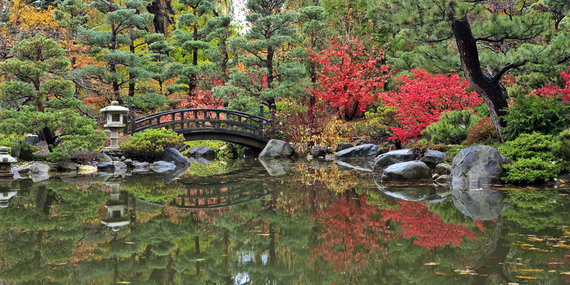Here's the situation: You're sitting in a planning meeting. Your team has brain-dumped a list of great ideas that have been turned into the next wave of initiatives. They're inspiring. They're feasible. They've won the prioritization vote. And you leave the meeting feeling defeated, because you know none of these very good ideas will be implemented.
Here's why: there is too much clutter in the existing system. Today's work leaves little room for new efforts. So any senior team that wants to create a great organization has to get ready for new initiatives by regularly clearing the decks. That way, you and your staff can feel excited and positive about your planning work because something productive will come of it.
But how do you unclutter cleverly? I decided to ask someone who has been eliminating clutter at a world-class organization for 25 years. His name is Tim Gruner and he's the head horticulturist at Anderson Japanese Gardens, a jewel of a garden tucked away in Rockford, IL and perennially recognized as one of the top Japanese gardens in the world.
When you visit Anderson Japanese Gardens during the warm months, you'll see Tim and his team out in the garden. Most of the time, they're pruning. To you and me, it just looks like they're cutting branches and shoots off trees and shrubs. To say we're missing the point is an understatement.
I interviewed Tim about the art of pruning. Here are the takeaways from that interview with applications to leadership teams.
- Context Matters: Any world-class garden is designed to create an effect on visitors. For a Japanese garden, that effect is to have humans feel connected to nature through composed scenes.
Do some pruning before your next planning session so that your brilliant new ideas can be put into action. That way you won't feel overwhelmed or discouraged. You'll feel hopeful.
And if all this talk of pruning leaves you needing a Zen moment, grab a cup of green tea and check out this aerial video of Anderson Japanese Gardens shot from a drone by noted photographer Nels Akerlund.
Click below for Tim's 60-second summary of the essence of pruning - or here for the entire 13-minute interview where Tim dives into the thinking behind pruning at a world-class garden. You'll never look at workers pruning a garden the same way again.


